Disclosure: This article contains affiliate links. We may earn a commission from purchases at no extra cost to you, which helps our travel content.
Standing before the Royal Tombs of Sipán Museum, I felt that familiar tingle of anticipation that only comes when you're about to witness something truly extraordinary. The modern pyramid-shaped building houses what many archaeologists call 'the King Tut of the Americas' – a discovery that revolutionized our understanding of pre-Incan civilizations. As both a history teacher and a traveler with Haitian roots who understands the importance of cultural heritage, I found myself drawn to this northern Peruvian coastal region where the ancient Moche civilization once thrived, leaving behind spectacular tombs filled with gold, silver, and stories waiting to be told.
The Discovery That Changed Peruvian Archaeology Forever
The year was 1987 when archaeologist Walter Alva received an urgent call about looters at Huaca Rajada. What followed was the archaeological equivalent of striking gold – quite literally. Unlike many significant sites that had been plundered centuries ago, the Lord of Sipán's tomb was discovered remarkably intact, with layer upon layer of precious artifacts surrounding the mummified remains of a Moche ruler who lived around 300 CE.
As I walked through the museum's exhibits, meticulously arranged to mimic the original burial chambers, my historian's heart raced. The Lord of Sipán was buried with an astonishing array of ornaments – gold pectorals, necklaces with human and feline faces, nose ornaments, and earrings that would have stretched his earlobes dramatically. Most impressive was his regalia of warrior-priest, suggesting he held both military and religious power.
"Imagine teaching your high school students about Mesopotamia or Ancient Egypt when such extraordinary civilizations existed right here in the Americas," I remarked to my guide. "The craftsmanship rivals anything from the ancient world." Before visiting, I'd prepared by reading archaeological guide, which provided crucial context for understanding the significance of what I was seeing.
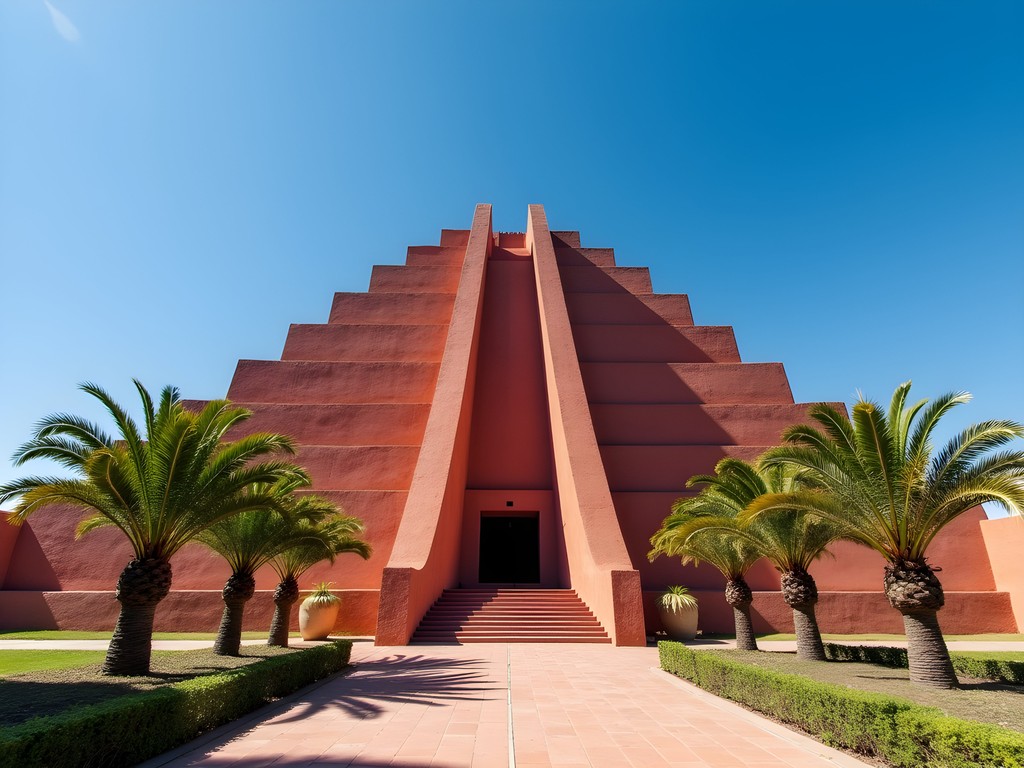
💡 Pro Tips
- Visit the Royal Tombs of Sipán Museum first before heading to the actual archaeological site for better context
- Hire a knowledgeable English-speaking guide – the historical nuances are easily missed otherwise
- Photography is prohibited inside the museum, so bring a sketch pad to record your impressions
Huaca Rajada: Walking Among Ancient Moche Pyramids
After spending a full morning at the museum, I made the 35-kilometer journey to Huaca Rajada (also called Sipán Archaeological Complex) – the actual excavation site where the Lord of Sipán was discovered. Here, three eroded adobe pyramids rise from the dusty landscape, a haunting reminder of the civilization that once dominated this region.
The site feels different from the polished museum experience – rawer, more immediate. Under the intense Peruvian sun, I explored the excavation areas where archaeologists continue their painstaking work. A newly constructed roof protects the main tomb area, allowing visitors to peer down into the burial chambers.
"Mèsi anpil," I whispered in Haitian Creole – thank you very much – to whatever forces preserved this site for modern eyes to witness. As someone who documents spiritual sites across cultures, I could feel the sacred energy that still permeates this ancient ground.
The on-site guide explained how the Moche buried their rulers with attendants, including warriors, priests, concubines, and even a dog – companions for the afterlife journey. I couldn't help but draw parallels to Egyptian burial practices despite these civilizations developing independently with no contact.
Pro tip: The site can be brutally hot with little shade. I was grateful for my cooling towel and wide-brimmed hat – essential gear for any archaeological exploration in this region.

💡 Pro Tips
- Visit early morning to avoid the intense midday heat
- Wear closed-toe shoes as the site is dusty and uneven
- Bring at least 2 liters of water per person – there are limited facilities at the site
The Spectacular Gold and Silver Artifacts: Masterpieces of Moche Craftsmanship
What truly distinguishes the Sipán discoveries is the extraordinary craftsmanship of the metalwork. The Moche were master metallurgists who developed sophisticated techniques for working with gold, silver, and copper alloys centuries before European contact.
In my years of visiting museums worldwide, few collections have left me as awestruck as the Sipán treasures. The iconic crescent-shaped gold headdress adorned with supernatural figures, the intricate pectoral made of hundreds of shell beads, and the remarkable ear ornaments depicting warriors – each piece tells a story of artistic sophistication that challenges our perceptions of ancient American civilizations.
One of the most fascinating aspects is how the metalwork reveals Moche cosmology and power structures. The recurring motifs of spider deities, anthropomorphic birds, and feline creatures provide windows into their spiritual beliefs. As I sketched some of these designs in my travel journal, I thought about how I would share these insights with my students back in Toledo.
"The Moche didn't have written language as we understand it," explained the museum curator during my visit. "These objects are their texts – their way of recording history, religion, and social structure." This perspective transformed how I viewed each artifact – not merely as beautiful objects, but as historical documents in gold and silver.
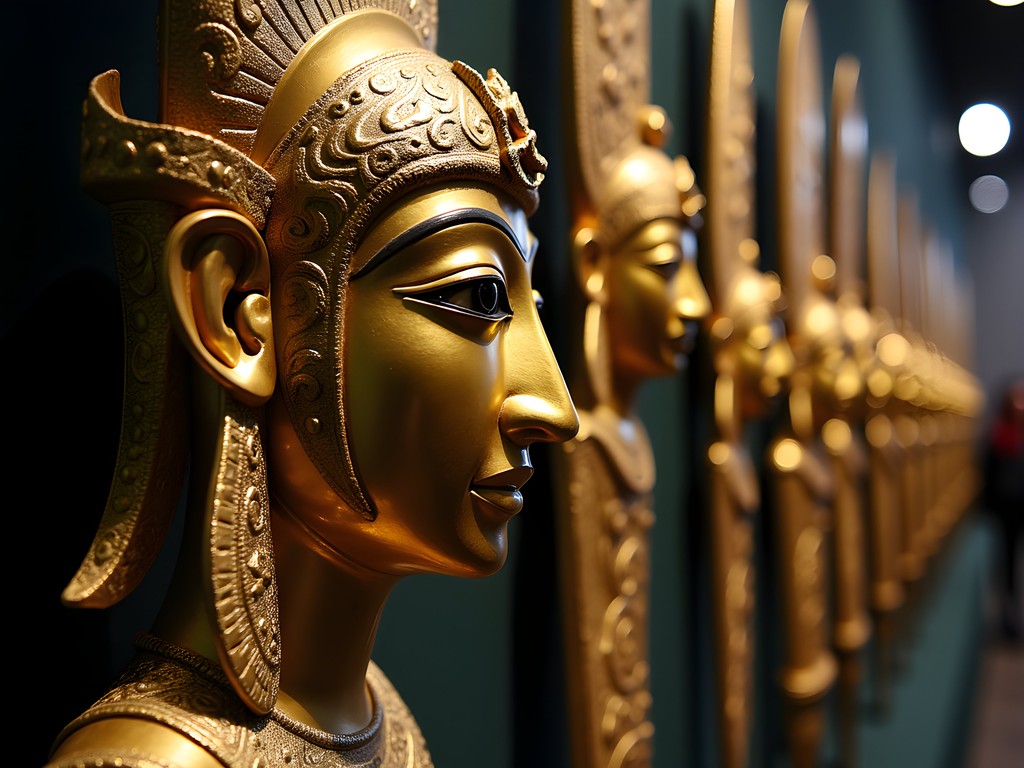
💡 Pro Tips
- The museum lighting is specifically designed to highlight the metalwork – take your time to appreciate the details
- Look for the recurring motifs across different artifacts to understand Moche iconography
- The museum offers excellent magnifying glasses – don't hesitate to request one for viewing the intricate details
Beyond Sipán: The Rich Archaeological Landscape of Northern Peru
While the Lord of Sipán is undoubtedly the crown jewel of the region, northern Peru offers a wealth of archaeological sites that receive far fewer visitors than their southern counterparts like Machu Picchu. This creates an intimate experience for history enthusiasts like myself.
After exploring Sipán, I continued to the nearby Túcume archaeological complex – an impressive site featuring 26 adobe pyramids dating from the Lambayeque culture (around 800-1350 CE). As I climbed the viewing platform overlooking this ancient city, I spotted several species of birds including the distinctive Peruvian Meadowlark with its vibrant yellow breast – a delightful intersection of my interests in history and birdwatching.
Further north, the fortress of Kuelap – sometimes called the 'Machu Picchu of the north' – offers a completely different archaeological experience. Built by the Chachapoya culture around 500 CE, this massive stone citadel perches dramatically atop a mountain ridge.
For those planning to explore multiple sites, I recommend staying in Chiclayo for at least four days. My accommodation at the Casa Andina Select Chiclayo provided a comfortable base with excellent amenities after long days of exploration. Each evening, I would return to organize my notes and photographs while enjoying the region's exceptional cuisine – particularly the ceviche, which locals proudly claim is the best in Peru.
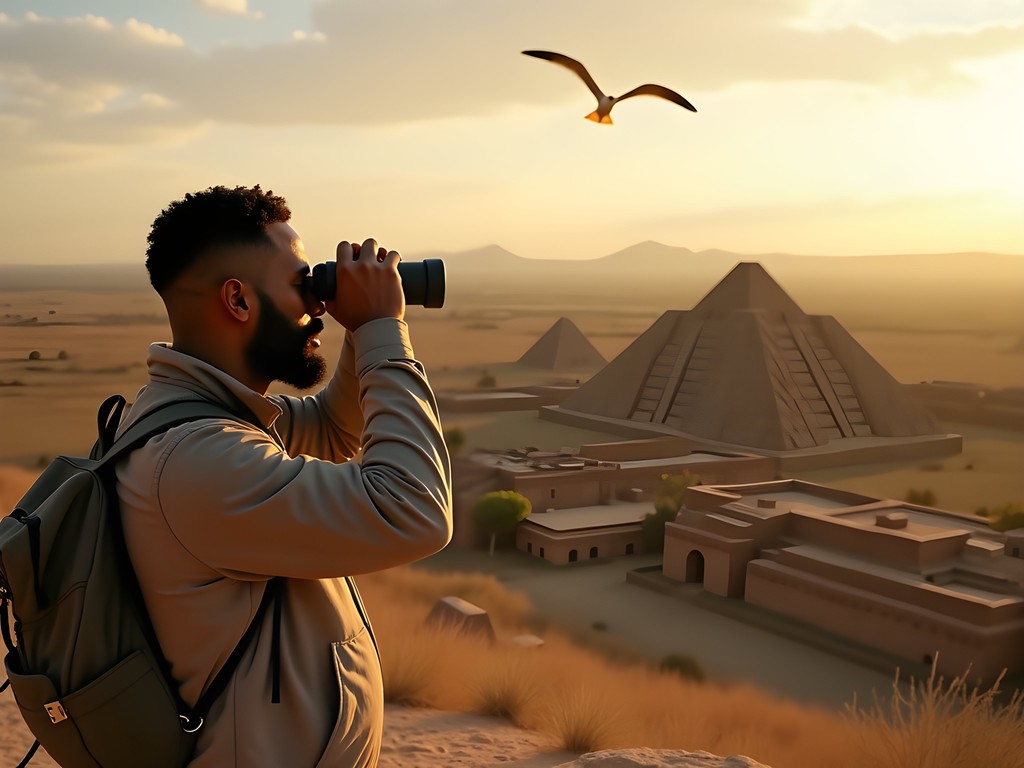
💡 Pro Tips
- Rent a car if you're comfortable driving in Peru – it gives you flexibility to explore multiple archaeological sites at your own pace
- Consider hiring a local archaeology student as a guide – many work part-time in tourism and offer incredible insights
- The Bruning Museum in Lambayeque complements the Sipán Museum and is worth visiting for a broader understanding of the region's cultures
Connecting with Local Communities: The Living Heritage of Northern Peru
What makes visiting archaeological sites in Peru particularly meaningful is witnessing how ancient traditions continue to influence contemporary culture. In the villages surrounding Sipán, I observed artisans creating pottery and textiles using techniques remarkably similar to those employed by their Moche ancestors.
In the small town of Eten, I was fortunate to meet Don Miguel, a master weaver who creates intricate straw hats called sombreros de paja using techniques passed down through generations. "The patterns," he explained through my translator, "tell stories about our relationship with the land and sea." I couldn't resist purchasing one of his masterpieces as both a practical sun shield and a meaningful souvenir.
The culinary traditions of northern Peru also reflect this cultural continuity. At a small family-run restaurant in Monsefú, I savored causa ferreñafana – a dish with pre-Hispanic origins featuring layers of seasoned mashed potato, avocado, and seafood. The flavors were enhanced by local herbs grown in the restaurant's garden.
To truly experience local culture, I recommend visiting during one of the region's festivals. I timed my visit to coincide with the Feast of the Divino Niño del Milagro in April, where religious processions blend Catholic traditions with pre-Columbian elements – a perfect example of the cultural syncretism that has fascinated me since my graduate studies in Haiti.
For capturing these vibrant cultural moments, my portable audio recorder proved invaluable for collecting ambient sounds and interviews that I later share with my students.
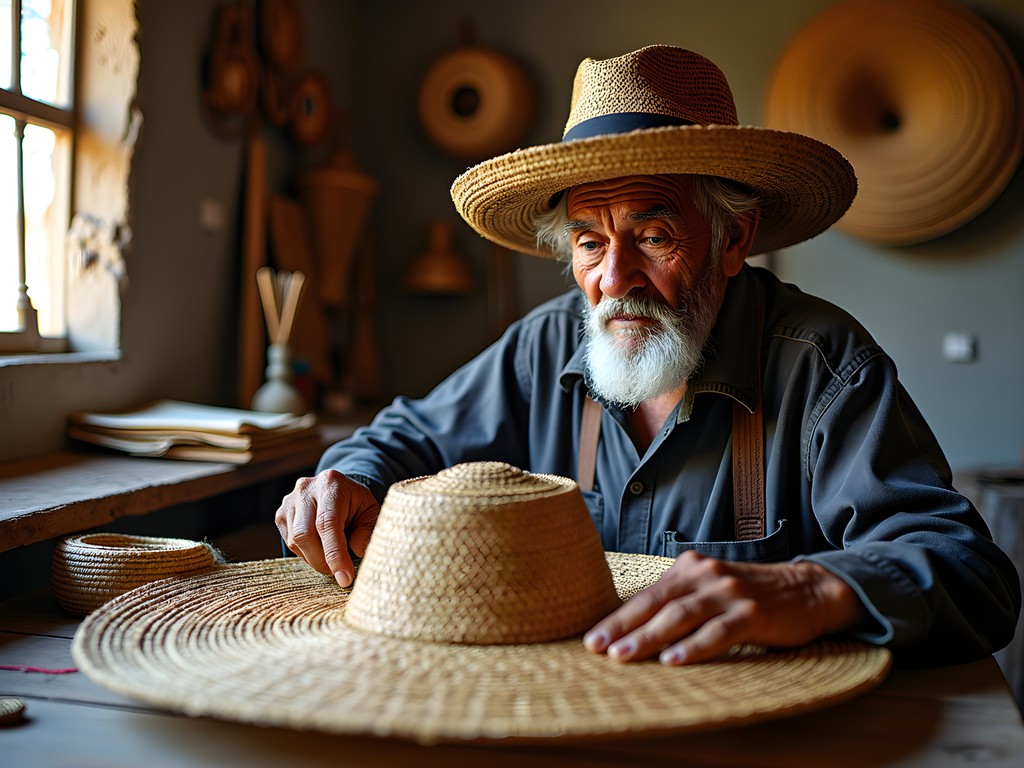
💡 Pro Tips
- Learn a few basic phrases in Spanish – locals appreciate the effort and will open up more readily
- Ask permission before photographing people, especially during religious ceremonies
- Support local artisans by purchasing directly from workshops rather than tourist shops
Final Thoughts
As my week exploring the archaeological wonders near Chiclayo came to an end, I found myself reflecting on how these ancient sites had transformed my understanding of pre-Columbian Peru. The Lord of Sipán and his golden treasures offer far more than spectacular artifacts – they provide crucial insights into a sophisticated society that thrived along this coast nearly two millennia ago.
What struck me most was how the discovery of Sipán in 1987 fundamentally changed our historical narrative about ancient American civilizations. As a history teacher, I'm constantly reminded that our understanding of the past is ever-evolving as new evidence emerges. The Moche achievements in metallurgy, ceramic art, and architecture stand as testament to human creativity and ingenuity across time and culture.
I left northern Peru with my camera full of images, my notebook filled with observations, and my heart full of appreciation for both the ancient Moche civilization and the modern Peruvians who preserve and interpret this heritage. As we say in Haitian Creole, "Istwa se limyè" – history is light. The treasures of Sipán illuminate not just Peru's past, but our collective human story. When you visit, take time to let these ancient voices speak to you through gold, silver, and stone.
✨ Key Takeaways
- The Royal Tombs of Sipán Museum and archaeological site offer a world-class historical experience rivaling famous sites like Egypt's Valley of the Kings
- Northern Peru's archaeological circuit provides a less crowded, more intimate alternative to southern Peru's more famous Inca sites
- Spring offers ideal weather for exploring the region, with moderate temperatures and minimal rainfall
📋 Practical Information
Best Time to Visit
March to May (spring) when temperatures are moderate and crowds are smaller
Budget Estimate
$75-150 per day including mid-range accommodations, meals, transportation and entrance fees
Recommended Duration
4-7 days to explore Sipán and surrounding archaeological sites
Difficulty Level
Easy To Moderate (Some Walking On Uneven Terrain)

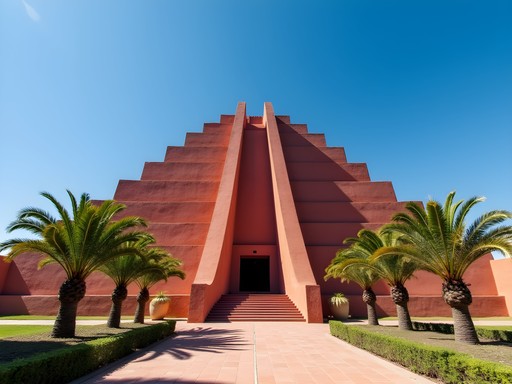


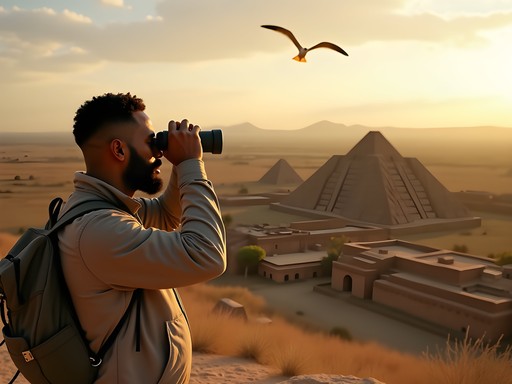



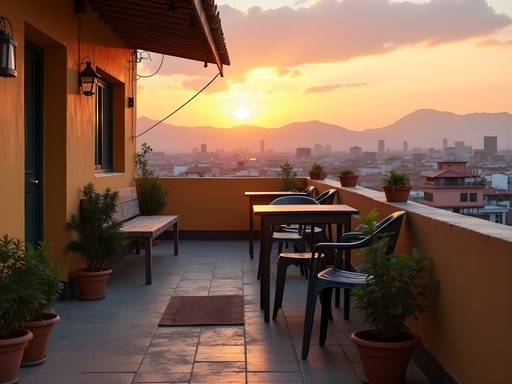







Comments
wintermate
How many days would you recommend staying in Chiclayo to see all these sites properly? Is it doable as a day trip from somewhere else?
Gregory Boyd
Not Pierre, but I'd recommend at least 2 full days in Chiclayo. One day for Sipán (museum + actual tomb site) and another for Túcume pyramids. If you add Sicán Museum and maybe the Brüning Museum, you'd need 3 days. Technically you could rush through the main sites in a day trip from Trujillo, but you'd be exhausted and miss a lot. Chiclayo itself has great food too - the seafood is excellent!
wintermate
Thanks Gregory! Sounds like I should plan for 3 days then. Appreciate the seafood tip too!
Riley Griffin
We took our kids (10 and 12) to Sipán last summer as part of our Peru family adventure, and they were absolutely captivated! The way the museum tells the story of the discovery - complete with those life-sized reconstructions of the tombs - really brings history alive for younger travelers. My son wouldn't stop talking about the warrior priest and all his ornaments. The museum in Lambayeque is definitely more engaging than the actual Huaca Rajada site for children, though our guide at the excavation site was fantastic at making the mud-brick ruins interesting with stories about the Moche people. For families considering this trip, I'd recommend visiting the museum first, then the actual tomb site so kids understand what they're looking at. Also, bring plenty of water and sun protection - that northern Peru sun is intense!
photonomad
Great post! How was the lighting inside the museum for photography? I'm heading there next month and wondering if I need to bring my low-light lens or if my regular setup will work fine.
Pierre Kelly
The lighting in the Royal Tombs Museum is actually quite good for a museum, but still on the dim side to protect the artifacts. A fast lens definitely helps, and tripods aren't allowed. The Huaca Rajada site is all outdoor/natural lighting.
photonomad
Perfect, thanks for the info! Looking forward to capturing some of these incredible pieces.
moonstar
Those gold artifacts look amazing! Adding this to my bucket list!
Gregory Boyd
Excellent coverage of this archaeological gem, Pierre. The Sipán discovery really is the Tutankhamun of the Americas as they say. I spent three days in the region last year and found the contrast between the Royal Tombs Museum's modern presentation and the raw, exposed excavation sites at Huaca Rajada particularly fascinating. It gives visitors both contexts - the artifacts in their restored glory and the actual archaeological process. For anyone planning to visit, I'd recommend hiring a guide at the site rather than just in Chiclayo - the local knowledge adds tremendous depth to the experience. The northern coast has so many incredible pre-Columbian sites that get overshadowed by Machu Picchu.
wanderlustlegend
Wow Pierre, you've captured the magic of Sipán perfectly! I visited last year and was completely blown away by the craftsmanship of those Moche artifacts. The gold work is just mind-blowing when you see it in person! Did you make it to Túcume as well? Those 26 pyramids were an unexpected highlight of my northern Peru trip. The local guide I had really brought the whole civilization to life with his stories.
Pierre Kelly
Thanks @wanderlustlegend! Yes, I did visit Túcume - absolutely incredible site! I'm planning a separate post about it next week. The scale of those pyramids is something you can't really grasp until you're standing among them.
wanderlustlegend
Looking forward to your Túcume post! The view from that little hill in the middle of the complex was one of my favorite panoramas in all of Peru.
CultureSeeker
Just returned from northern Peru and followed your itinerary, Pierre! The Sipán tombs were incredible, but I was equally impressed by the museum's presentation. The way they've recreated the tomb layers exactly as found gives such context to the discovery. Our guide explained that before this find, most people thought the Moche were just simple farmers, not the sophisticated civilization we now know they were. One thing to note for others: photography isn't allowed inside the main museum halls (only in designated areas), so bring a small notebook if you want to remember details. Also, we found early morning (right at opening) was perfect - had the place almost to ourselves for the first hour.
Pierre Kelly
Great tip about visiting early! And you're right about the photography restrictions - I should have mentioned that. The tomb recreation is phenomenal, isn't it? Really helps visualize how everything was discovered.
beachnomad7756
Just got back from Peru and followed your advice to visit Sipán - WOW! I've been to museums all over the world but the way they've presented these discoveries is next level. That gold and turquoise pectoral was mind-blowing! We also checked out Huaca Rajada where they actually found the tombs. It was so cool to stand on the actual site. The local guide we hired made all the difference explaining the Moche culture. Thanks for putting this on my radar!
moonmate
Did you need to book the guide in advance or find one there?
beachnomad7756
Our hotel in Chiclayo arranged it for us the day before. Cost about $25 for 3 hours and totally worth it!
travelfan
Great post! How much time would you recommend spending at the Royal Tombs Museum? And is photography allowed inside?
Pierre Kelly
Thanks for asking! I'd recommend at least 2-3 hours for the museum to really take it all in. Photography is allowed in most areas but no flash, and some of the most precious artifacts have restrictions. They offer guided tours in English that really bring the history to life!
travelfan
Perfect, thanks for the info! Can't wait to visit.
Casey Andersson
Pierre, your post brought back so many memories! I visited Sipán last year and was completely blown away. The museum's design is genius - how it guides you through the layers of the tomb just as archaeologists discovered them. Did you get a chance to visit Túcume as well? Those 26 pyramids were just as impressive in their own right. I found having my pocket guide really useful for understanding the historical context between all these sites. The north of Peru deserves so much more attention than it gets!
beachnomad7756
Is it easy to get to these sites from Chiclayo? Planning a trip for October!
Casey Andersson
Super easy! Taxis are affordable or you can join a tour. Sipán museum is about 30 mins from Chiclayo and Túcume maybe 45. Definitely worth a full day for each!
beachnomad7756
Thanks! Adding both to my itinerary now.
Venture X
Premium card with 2X miles, $300 travel credit, Priority Pass